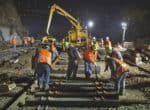Your Personal Protective Equipment (PPE) keeps you safe in the workplace from hazardous conditions that pose a threat to your safety. It is important for you to feel safe while working so that you can devote all your attention to your work.
Many employees understand the need of wearing personal protection equipment (PPE) while on the job. However, for every cooperative employee, there is one who does not take their safety seriously.
Not wearing PPE can result in severe injury to yourself and to others around you. Workplaces like construction sites can be dangerous and accidents can happen in a few seconds time, and if an employee is not equipped well, then it can be life-threatening as well. It can result in the following things-
-
-
- Experiencing injuries as a result of falling items or debris
- Accidents and impacts
- Inhaling toxic gases
- Punctures and wounds
- Burns caused by chemicals
- Burns caused by chemicals
- Electrical hazards
- Excessive noise or vibration exposure
-
If you’re wondering about the consequences of not wearing PPE, you’re in the right place. Here in this article we will discuss the dangers of not wearing PPE, so that even if you feel like avoiding wearing PPE, you remember this article and remember not to compromise on your safety.
Reasons why you need PPE
It’s essential to understand that on-the-job safety equipment must comply with the Personal Protective Equipment Regulation, and that it’s most effective when it’s the right size, fit, and height for the worker. Let’s take a look at some of the advantages of wearing PPE:
1.) Protects you from head injuries
On construction sites, hard hats are popular. When passing by a construction site, you can generally tell who is working by their hard helmets.

They’re intended to shield workers from flying or falling items that may otherwise hit or pierce them.
2.) Keeps your eyes and face protected
Protection for the eyes and face is just as vital as head protection. Eye and facial protection can be provided via safety goggles, glasses, and complete face shields.
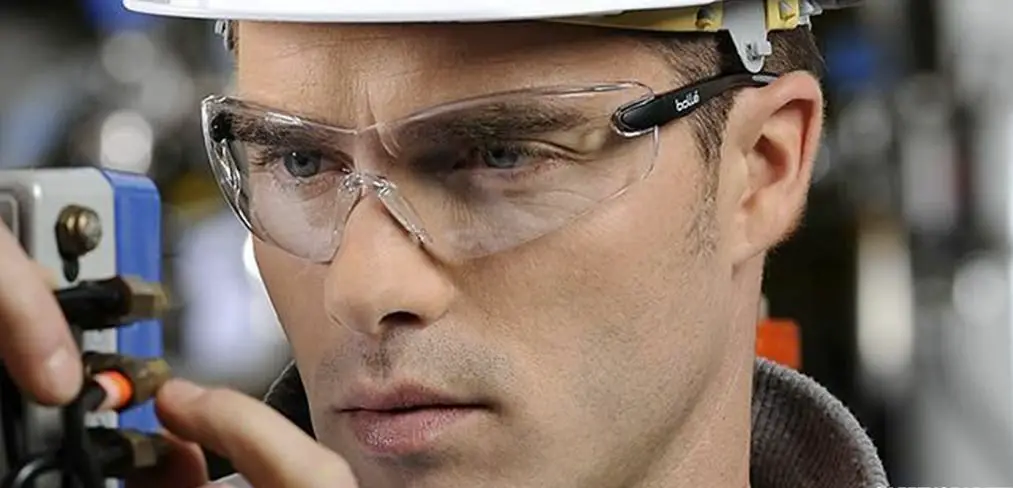
This sort of protection is required for metal work, wood work and elevated work platforms.
3.) Protects your skin and hands from harmful chemicals
The majority of construction occupations need the use of one’s hands. Rubber gloves, cut-resistant gloves, chainsaw gloves, and heat-resistant gloves are some kinds of gloves often used as PPE.
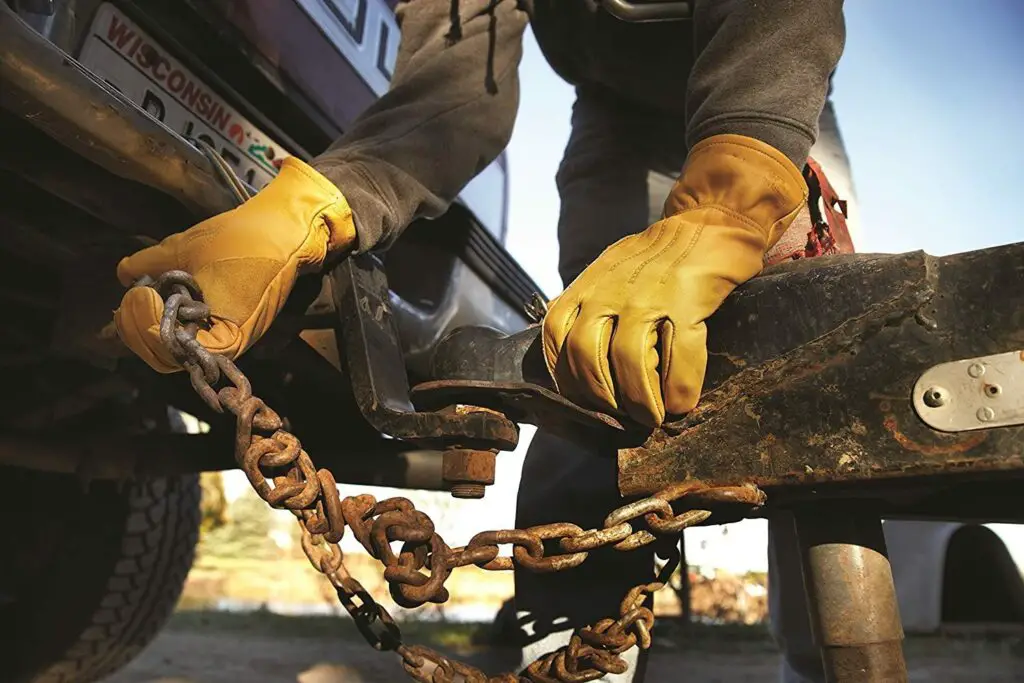
Working with chemicals, glass, sheet metal, electricity, heated materials, or slippery things often necessitates the use of protective gloves.
4.) Protection from respiratory illnesses
In places where hazardous chemicals are present, respiratory protection is essential. What you can’t see might sometimes cause you harm.
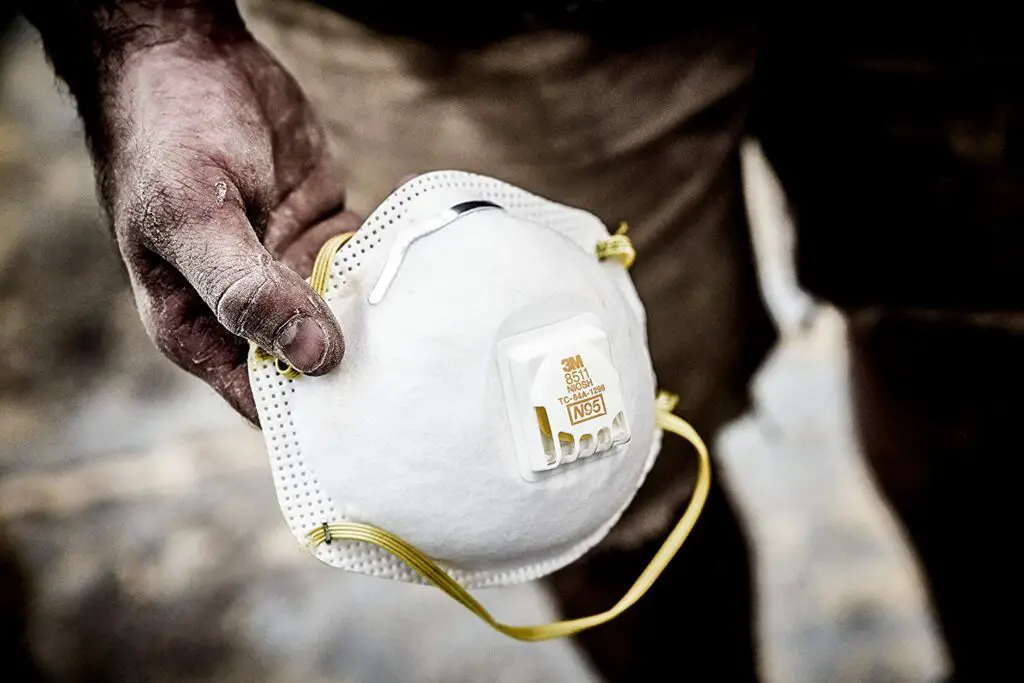
Respiratory precautions, such as respirators, are meant to keep you safe from dust, fumes, paint spray, insecticides, and other potentially harmful chemicals.
5.) Protects your ears from loud noises
Because industrial noise is not apparent to the naked eye, it is frequently overlooked as a workplace danger. Hearing protection devices such as earplugs and earmuffs are widespread.
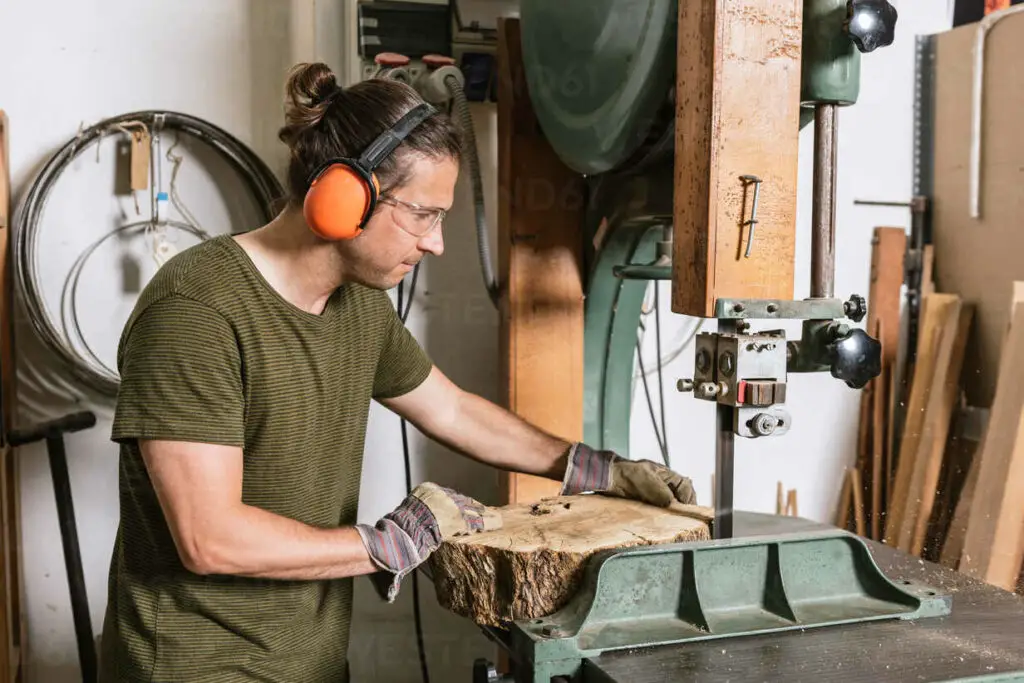
Poor PPE compliance poses two major dangers. The first is the risk to all workers’ health and safety, and the second is the legal consequences if an accident occurs.
What can happen if you do not wear PPE in a dangerous work environment
1.) Workplace injuries can happen- Injury risk is substantially increased by poor PPE compliance. Burns, wounds, punctures, electrocution, and falls, many of these may be avoided with the right footwear, gloves, clothes, helmet, goggles, and face protection, among other things.
There are PPE alternatives for every profession that are specifically intended for that job and come with a number of various safety features to best suit the job.
2.) Contamination- Around 0.15 million hand injuries are recorded each year. Dermatitis, skin malignancies, and other skin injuries and infections are the second most prevalent kind of occupational illness, and they can be highly expensive to treat. Therefore, using proper protection gloves and body shields prevents these.
Also, in the United States, 22 million employees are exposed to potentially hazardous noise levels on a yearly basis.
According to the National Institute for Occupational Safety and Health, industrial employees accounted for around 80% of occupational hearing loss cases. In such cases, continuous usage of earplugs and earmuffs prevents these longterm hearing issues.
Especially during this time, when the COVID-19 pandemic has made it essential for every organization to make Personal Protective Equipment (PPE) a regular practice in order to limit the risk of infection.
You, your employees, and your clients may lessen the risk of contracting the disease with the use of proper PPE.
3.) Permanent injury or even death- Correct PPE protects the body and, in certain circumstances, prevents impairment, particularly when it comes to senses such as vision.
Poor personal protective equipment (PPE) or non-compliance with PPE might render an employee permanently handicapped and unable to work. Not just this, but in the worst cases, non-compliance with PPE can also result in the death of an employee.
Legal risks if you do not wear PPE
1.) If your employees do not follow the health and safety rules according to the health and Safety regulations specified by OSHA, you will not be able to let them work until they do. It’s for their safety, as well as your own.
2.) If an employee fails to wear PPE when it is necessary or wears it inappropriately, both the company and the employee are exposing themselves to liability concerns.
An individual’s decision not to wear PPE, despite the fact that it was given by their employer, is a typical hurdle that workers’ compensation advocates deal with on a daily basis.
If an employee has a history of refusing to wear or poorly wearing PPE, and has been written up for the offence numerous times, the person may be held responsible if an accident happens.
It varies from case to case, but rigorously wearing all PPE given on the job is the greatest way to ensure that your company will bear full accountability if an accident or sickness occurs as a direct result.
See also: Can I Be Fined for Not Wearing PPE?
You should never grant exemptions from wearing PPE even for jobs you think are easy and harmless.
→ You, as the employer, will be held liable if you do not adequately supervise your employees’ use of personal protection equipment.
If the PPE you offer your employees is not suitable for the job, is of low quality, is damaged, or is not supplied in sufficient quantities, your responsibility rises.
You are endangering your employees and are solely accountable for any accidents that might have been avoided with adequate PPE.
In fact, even if the accident would have occurred regardless of whether or not appropriate PPE was present, you can still be held liable for failing to uphold your health and safety responsibilities according to regulation.
There is no way you should avoid wearing PPE at the workplace, however, some employees may refuse to wear PPE because of the following reasons-
1.) Health reasons- Some people are allergic to particular materials or have a skin condition that makes it uncomfortable to wear certain materials.
Just a few examples include dermatitis and eczema. Also, wearing masks and face shields are uncomfortable for some as it makes breathing difficult.
The idea that PPE was unnecessary was the most prevalent cause for noncompliance. Workers, on the other hand, chose not to wear PPE if they found it unpleasant, excessively hot, ill-fitting or unavailable near the job task.
But as an employer, you cannot let your employees be without wearing PPE, therefore, adequate measures have to be taken to offer them PPE that suits their health conditions.
2.) Religious reasons- Turban-wearing Sikhs are free from wearing head protection on building sites, according to Appendix 2 of the Employment Act 1989.
However, this does not relieve them of the need to wear the remainder of their PPE; they must still wear other essential gear.
As an employer, all you can do is try to control risks another way or find them a role that doesn’t require wearing head gear.
Conclusion
Consider PPE to be a type of support system for the tasks you’ll be doing at your workplace. It may be significantly more physically demanding or dangerous than your usual desk work, but the equipment is given to make you feel safe.
Choosing not to use PPE may be risky, especially when it could save your life and of others around you. Safety is crucial, and knowing how to use these numerous safety measures will help you avoid dangerous injuries and increase the quality of your workday.




